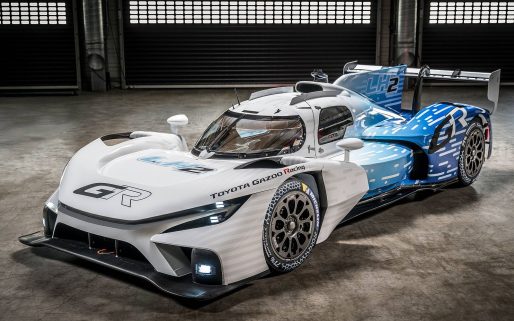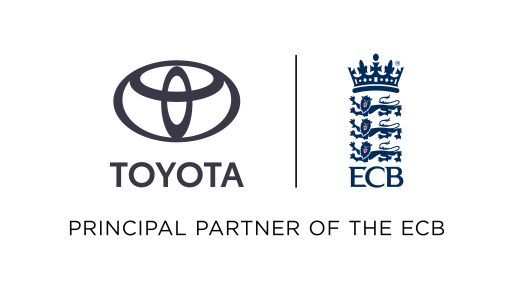If you’ve ever studied manufacturing, it’s likely you will have heard of just-in-time production methods. The technique of arranging regular, small deliveries of exactly the correct amount required was pioneered by Toyota.

Just-in-time (JIT) production is a ‘pull’ system of providing the different processes in the assembly sequence with only the kinds and quantities of items that they need and only when it needs them. Production and transport take place simultaneously throughout the production sequence – inside and between all the processes.
The primary objectives of just-in-time production are to save warehouse space and unnecessary cost-carrying and to improve efficiency, which means organising the delivery of component parts to individual work stations just before they are physically required.
To apply this flow efficiently means relying on ordering signals from Kanban boards or by forecasting parts usage ahead of time, though this latter method requires production numbers to remain stable.
Use of JIT within the Toyota Production System means that individual cars can be built to order and that every component has to fit perfectly first time because there are no alternatives available. It is therefore impossible to hide pre-existing manufacturing issues; they have to be addressed immediately.
Discover the 12 other pillars of the Toyota Production System:
Konnyaku Stone
Poka-Yoke
Hansei
Andon
Jidoka
Just-In-Time
Heijunka
Kaizen
Genchi Genbutsu
Nemawashi
Kanban
Muda, Muri, Mura
Genba





I use to wonder why a part of production equipment wasn’t ready available when needed, now I understand and the concept is brilliant but I would think costly if the company was a make it or break it operations.
I agree wholeheartedly
agree
Agreed Robert son
couldn’t agree with you more rob